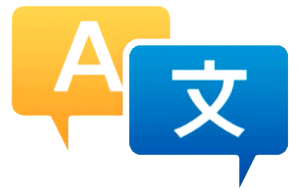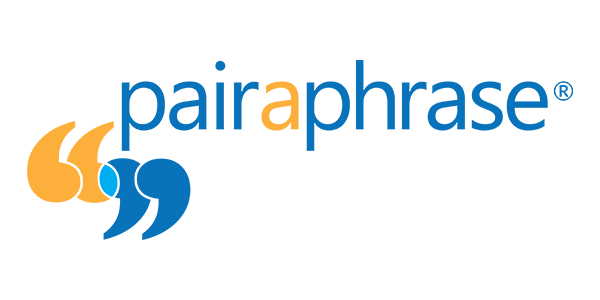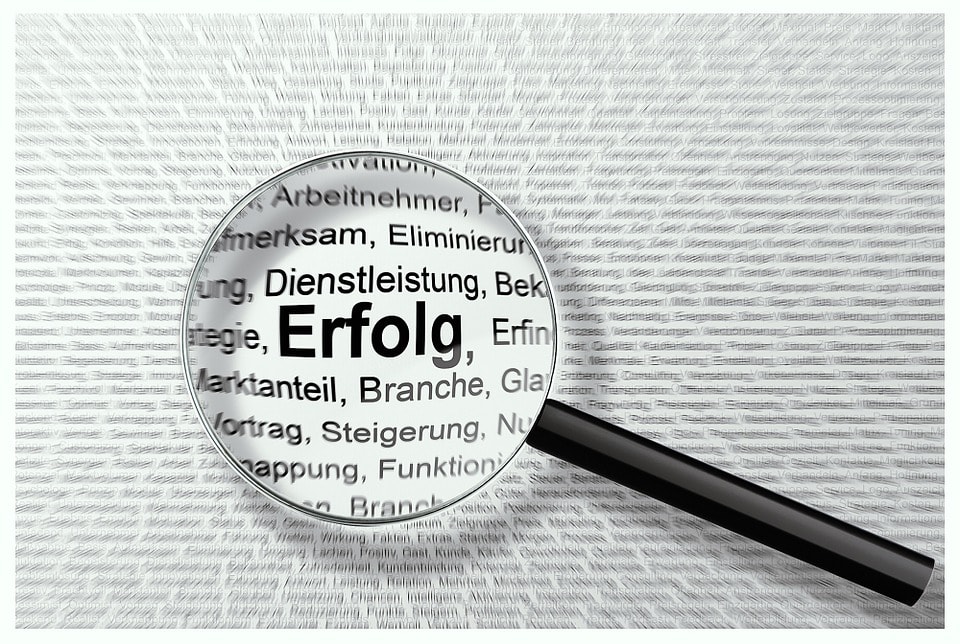16 Best Translation Software Tools for Professional Use [2024]

The best translation software for professional use is key to translating documents and content online with high-quality results. Furthermore, the right language translator software tool will help you translate from one language to another efficiently in 2024 (instead of slowing you down).
Want to translate ASAP? Check out the AI translator Pairaphrase.
While the definition of the best translation application might vary by company or translator, there are some necessities that you should always look for when choosing a top translation software program for multilingual business. Therefore, this post will spare you hours of sifting through popular translator app reviews and comparisons.
Although various providers offer professional translation services, we’ll hone in on the professional translation software applications that are good for global organizations who source their own human translators.
Here are the 15 best professional translation software tools and features to help your business get accurate translations while reducing localization costs and conserving your time. Skip to the end to learn about the best translation software platform online (with all these features).
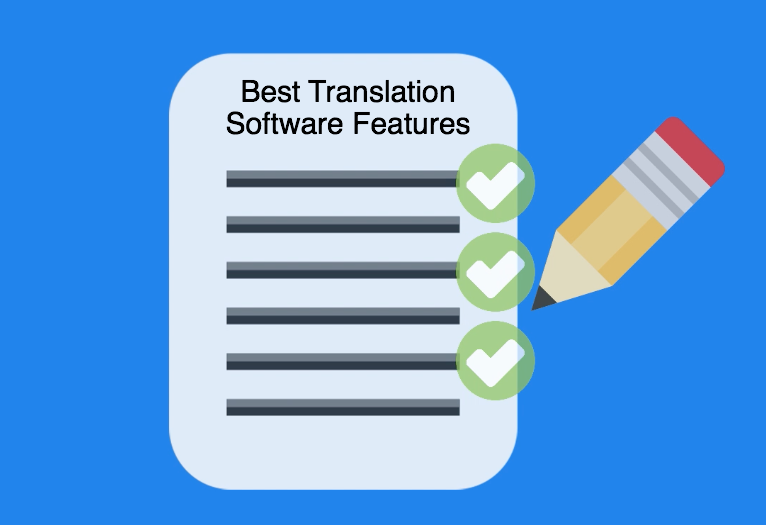
16 Best Translation Software Tools & Features to Look for
1. Ample Language Pairs (a basic translation software requirement)
An obvious-yet-necessary feature in the best translation software tool is compatibility with the language pairs your team needs translated (or will eventually require). Therefore, before you choose what you consider to be your top option for a translation software program, you should map out the languages you need to translate to and from. These are referred to as language pairs.
For example, you might work with French, English and Chinese. Just because a professional translation software system states it will translate French might mean it translates from French to English, but it doesn’t mean it will translate from French to Chinese (and vice versa).
If you’re uncertain what those are, here are just a few popular commercial language pairs (particularly for English-speaking companies):
2. Document Translator Tool (top file types are important)
The best translation software programs include tools for translating documents. Therefore, if you come across a translation solution without these, stay away.
Furthermore, the program you choose should be compatible with all the file types your company definitely needs to translate. You should also think ahead. This means keeping in mind the additional types of files your company might need to localize in the future.
Additionally, the application will not only translate documents, but it will also translate multiple files simultaneously quickly (batch file translation). Since Microsoft Office file translation and PDF translation are popular among enterprises, here are the bare minimum file formats your best file translator choice will include:
- Word Documents
- Excel Files
- PowerPoint Presentations
- PDF (Including Scanned PDF)
3. Automatic Formatting (best translator software for publishable documents)
If you plan on translating digital files, search for a system that will automatically format *much* of your files for you. In other words: translate a document, keep the formatting.
This is hands down one of the best translation software features you will find. It encodes your image placement, font properties, spacing and paragraph breaks and attempt to retain most of the original format as possible. Otherwise, you will spend more than just minutes reformatting your output file to match the original.
Automatic formatting is particularly useful for the following file types (these commonly require publishable quality):
- InDesign Files
- User Manuals
- AutoCAD Files
- Excel Files (with charts & graphs)
- PowerPoint Files
**Please note automatic formatting isn’t perfect, but it will save you some time.**
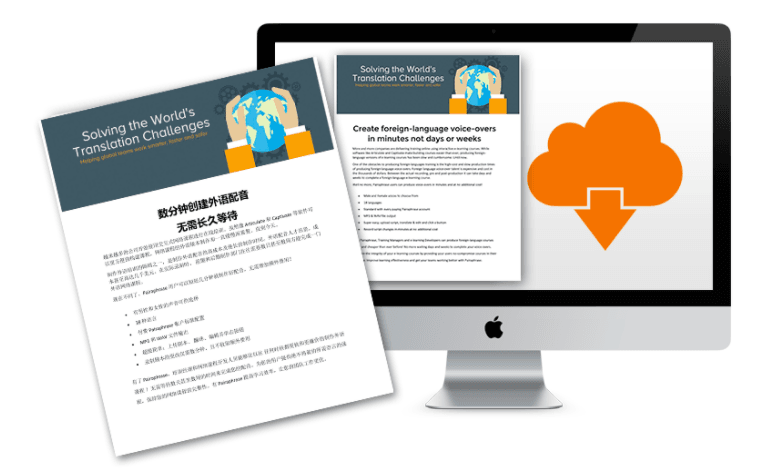
4. Copy & Paste Translating
In some instances of your translation work, you won’t need to translate large files. The simple ability to gist an email, instant message, or paragraph of text from another website will be your task at hand. This is where a copy-and-paste translation tool will come in handy.
In summary, when you shop for professional translation software platforms, choose a program that has both the best document translator and the ability to gist translations of small snippets of text via pasting.
5. Translation Memory
Translation Memory is the core component of any scalable translation process. Notably, it’s used in conjunction with Machine Learning (AI) by every major translation company in the world.
This technology lowers costs, deliver ongoing quality improvements and reduces the time it takes to translate. It’s one of the top translation software components available to businesses focused on their bottom line.
Why Translation Memory is Integral to the Best Translation Systems
Translation Memory learns your words and phrases as you translate. As you edit translations within the system, Translation Memory works in the background. It stores your translations as segments in a bilingual repository.
These segments are then used for future translation projects so that you never need to translate the same word or phrase twice. This is particularly useful for organizations using specific technical jargon—especially within content that needs to be updated on a regular basis. Some examples of such materials include owner manuals, organizational code of conduct and HR training materials. Essentially, any content with a long shelf life.
**It’s important to note that human translation is required for you to reap the benefits of Translation Memory.**
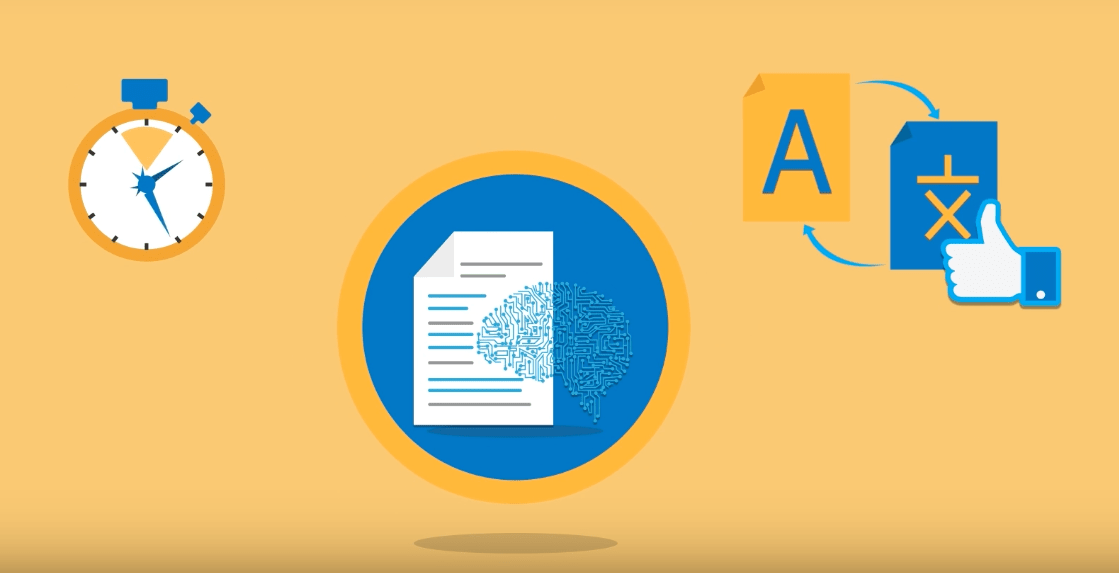
6. Professional Translation Editing Tools
Top translator software tools include the ability to edit translations. It’s vital to achieving accurate translations.
Any top translator software will typically produce a first draft translation for you using machine translation in combination with Translation Memory and Machine Learning. Take note of our calling it a “first draft.” In most cases, the software will give you a file that is predominantly machine translation. This is never going to be as perfect as human translation.
The more obscure or technical the text is that you need to translate, the more human post-editing will be required in order to achieve high-quality translations. Think of translating an automobile service repair manual for mechanics from Japanese to English. You’ll need human translation because the translation requires human expertise in that specific subject matter area and for those languages. Machine translation is nowhere near being adequate for this task.
That being said, the best translation software tools are able to improve the initial draft translations with users’ translation edits. Always remember that when it comes to effectively using software for translation, best practices include collaborating with a human translator.
7. Terminology Management
If you wish to maintain consistency while translating, create a glossary of terms (term base) and import it into translator software that helps you manage terminology. In order to do this, look for a strong Terminology Management component.
8. Spellcheck
No need for elaboration here. Look for an integrated dynamic spellchecker to eliminate the need to proofread. This way, you can focus on the human translation component.
9. Language Translation Collaboration
The best software tool for translation professionals will support team collaboration. Why? Well, because there is rarely ever just one person completing a translation request.
Bilingual employees are often used to produce translations in global organizations. This means that you’ll want to easily share translations and request editing from within the app interface. Choose cloud-based professional translation software so that you can collaborate with international colleagues.
As a result, they don’t need to install software on their computers. Moreover, everything related to your translation projects will be accessible in one central hub.
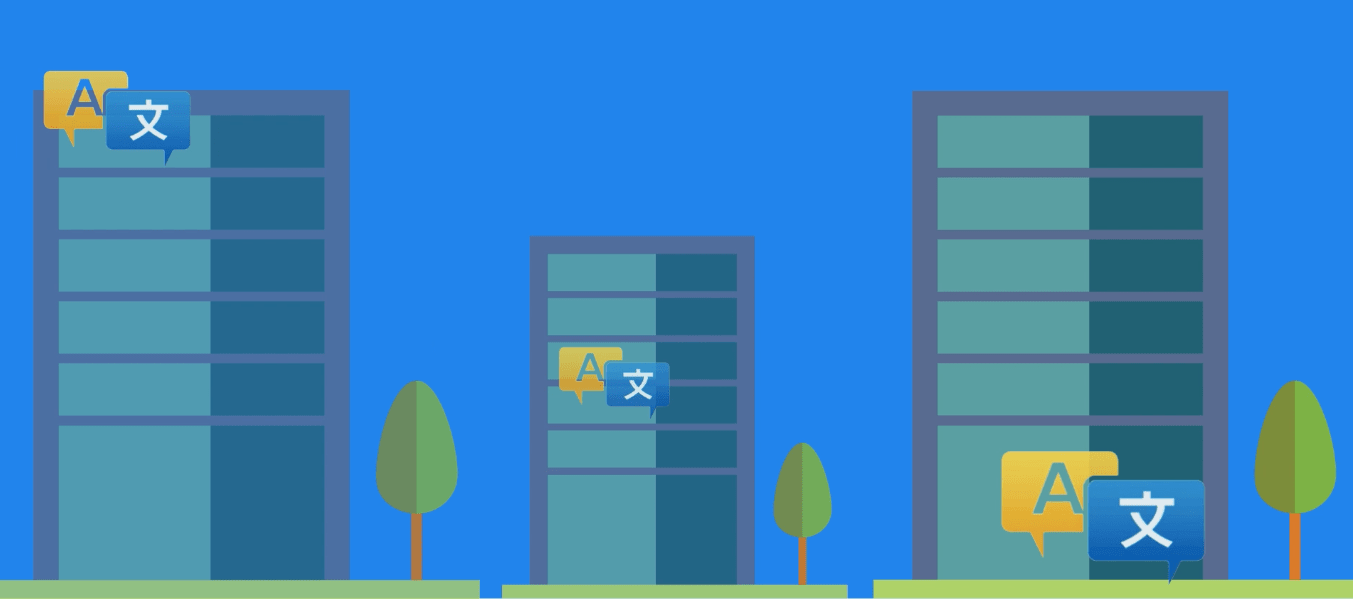
10. Translation Tracking
Speaking of collaboration, it’s important to be able to track the translations that your colleagues contribute on a translation project.
That being said, the best translation tool will include translation edit history. As a result, you’ll be able to see the details tied to each segment of edited text, including date and timestamp, the editor’s name and what was changed.
11. Speech Translator
Does your organization produce audio and video for internal purposes such as employee training? A translation software program that allows you to get text-to-speech translations as audio files will come in handy for global training initiatives.
It’s handy to receive an audio file for an uploaded script, in the target language. You’ll save money because you won’t need to hire voice talent. If voice-over translation is important to your organization, make sure you define which languages you need voiceovers for. Additionally, look for mobile speech translation and transcription capabilities for 1:1 conversations.
Furthermore, you want to be sure that the most common commercial languages are available in any CAT tools you use.
12. Live Human Support
Top-notch professional translation software applications will provide you with 24/7 live human support. After all, your new investment should save you time in all respects.
In other words, don’t buy a program from a company that won’t give you the chance to get live support when you need help. CAT tools can require technical assistance, so this is an important consideration.
13. Robust API Access
Does your company like to integrate its software systems with each other? If so, translation API access is important. Furthermore, your professional translation software should allow you to make API calls that don’t just deliver raw machine translation.
14. Enterprise Security
The best professional translation system is one that comes with high standards for security. Reason being, any company that uploads its data into software is at risk of a data breach. Prevent this by looking for enterprise security in your translator application.
Look for multi factor authentication, Single Sign-On, encrypted file storage, ongoing vulnerability scans, SSL certification and PCI-compliant payment processing.

15. Compliance with Specific Mandates
Does your organization need to adhere to strict industry data compliance laws? If so, compliance with specific mandates is important to look for in business translation software. This may include not only GDPR (EU General Data Protection Regulation), but also HIPAA (Health Insurance Portability and Accountability Act) if you need medical translation.
If this is important to your organization, make sure this is available as an option so that you choose the best professional translation software possible.
16. Confidentiality
With any software that you use, check the Terms of Service to make sure they don’t reserve the right to use your data in ways that your company disapproves of. Specifically, avoid translation software that repurposes your data in any way that could compromise confidentiality. This includes sharing, indexing or publishing it (look for the phrase “no return to machine translation providers.”)
Recommended Best Professional Translator Software
Pairaphrase is the AI-powered translation management system for teams. As the all-around best translation software for organizations, its ease-of-use combined with powerful technology gives you smart, safe and fast translation. Not to mention Pairaphrase includes all of the 16 features listed above, plus more.
Schedule a demo or share this article with a colleague.
____
Related: Learn more about the topic of Machine Translation

10 AI Translation Industry Trends in 2024
Explore 2024 translation industry trends! Learn about 10 AI translation industry trends 2024 will bring, according to our predictions.
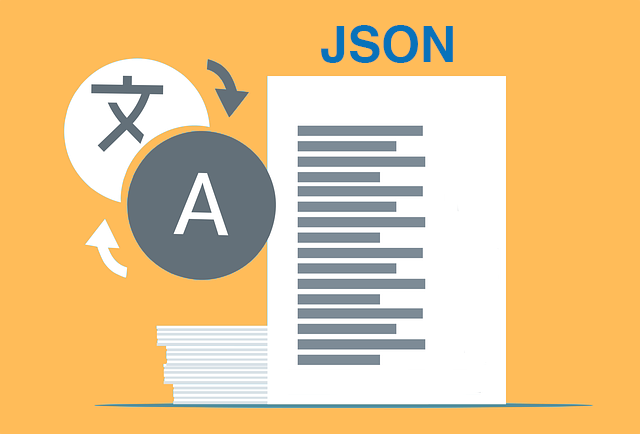
How to Translate JSON Files Online Effectively [2024]
Want to translate JSON files? Learn why Pairaphrase is the best way to auto-translate JSON files online.
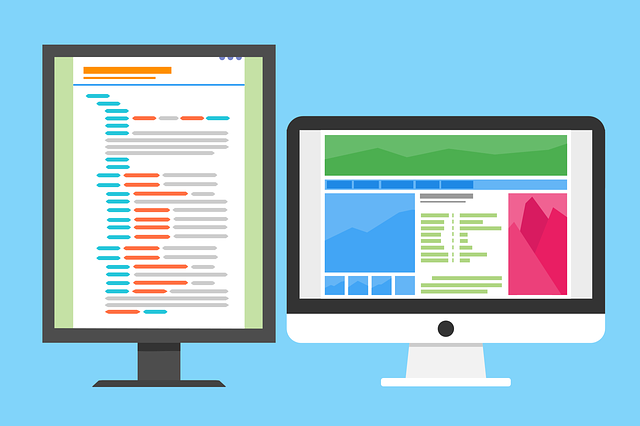
How to Translate HTML Files to Another Language [2024]
Want to translate HTML files to another language? Learn why Pairaphrase is the best way to translate HTML files.
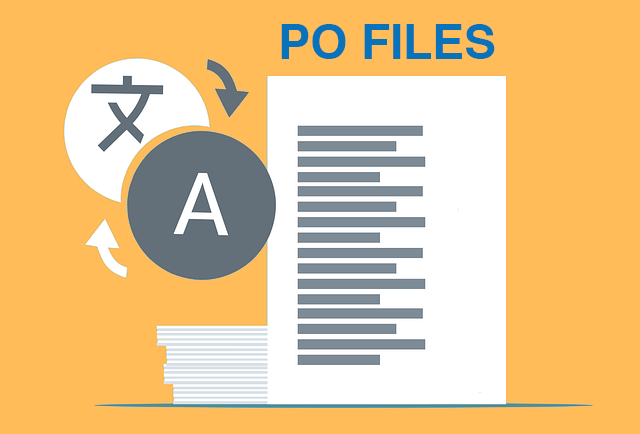
How to Translate PO Files Online [2024]
Need to translate PO files online? Learn why Pairaphrase is the best way to translate PO files.

Best AI Translation Software for Enterprises [2024]
Need the best AI translation software for enterprise use? Learn the top 10 reasons your organization should use Pairaphrase.

OpenAI Language Translation: Pros & Cons for Enterprises
Exploring OpenAI language translation capabilities? In this article, discover the pros & cons of OpenAI translation for enterprise use.

File Translation 101: Your Guide to the Basics
Learn all about file translation in this 2023 guide to gain an understanding of the different kinds of file translation services & formats.

Best Way to Translate Elucidat Course Content
Learn how Pairaphrase makes Elucidat course translation reusable, secure, fast and easy.

5 Tips for eLearning Localization in 2024
Need to localize eLearning content? Familiarize yourself with these 5 eLearning localization tips for effective multilingual training.

How to Translate a Text File Online [2024]
Want to translate a text file? Learn why Pairaphrase is the best way to translate a text file for your organization.

Best DocTranslator Alternative (2024)
Want a secure enterprise alternative to DocTranslator? Learn why Pairaphrase is the best DocTranslator alternative for enterprises here »

Top 8 Translation Industry Trends (2023 Outlook)
Explore 2023 translation industry trends! Learn about 8 translation industry trends 2023 will bring, according to our predictions »
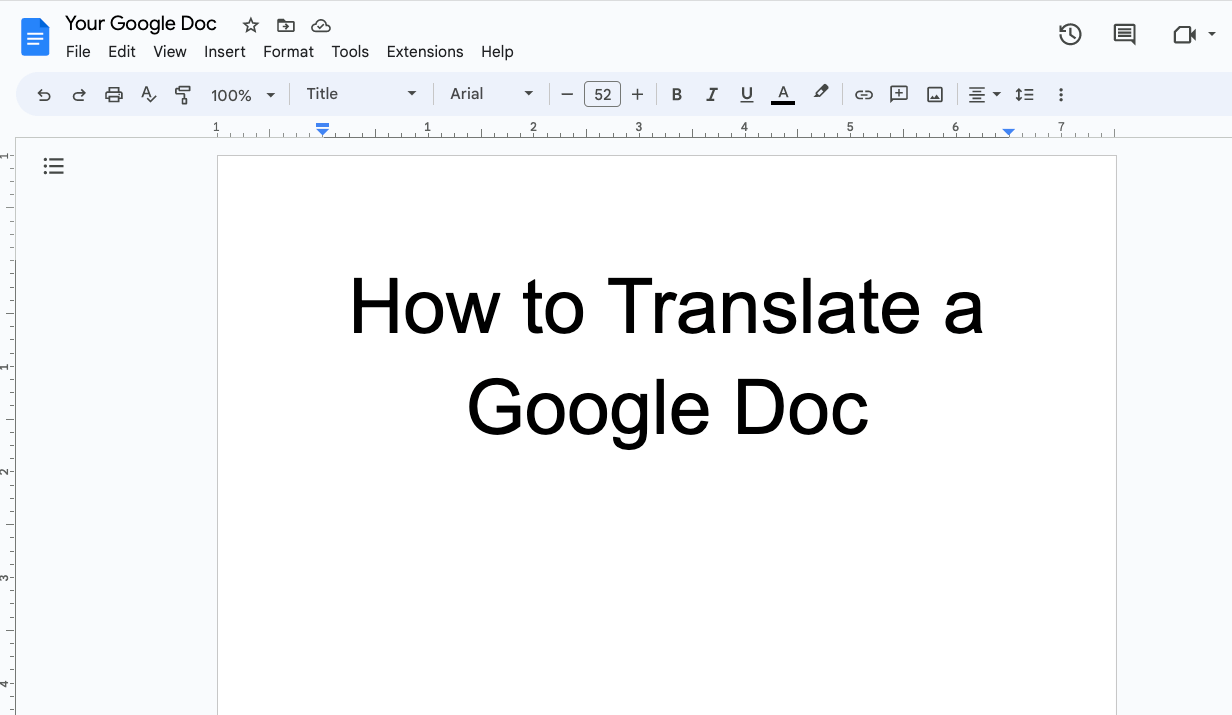
How to Translate a Google Doc Most Efficiently [2024]
Want to translate Google Doc text? Learn why you should use Pairaphrase as your Google Docs translator.

Best English to Polish Document Translation Software [2024]
Looking for English to Polish translation software, but not sure what features you need? Access this buying guide.
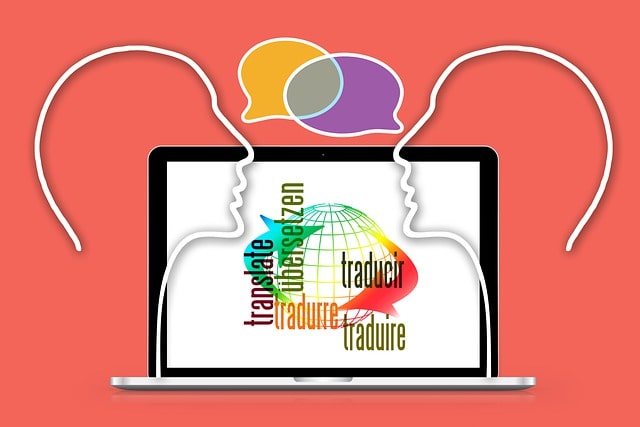
Translation Services 101: Your Guide to the Basics
Need translation services? First, learn the basics! This way, you can make an informed decision. Explore this guide to translation services.

Best Redokun Alternative for Enterprises (2024)
Want a secure enterprise alternative to Redokun? Learn why Pairaphrase is the best Redokun alternative for enterprises here »
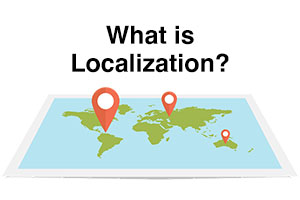
Localization 101: Your Guide to the Basics
Curious about localization? Learn about localization vs translation, what it is, how it works, benefits & more in this guide to the basics!

Best Memsource Alternative for Enterprises (2024)
Want a secure enterprise alternative to Memsource? Learn why Pairaphrase is the best Memsource alternative for enterprises here »
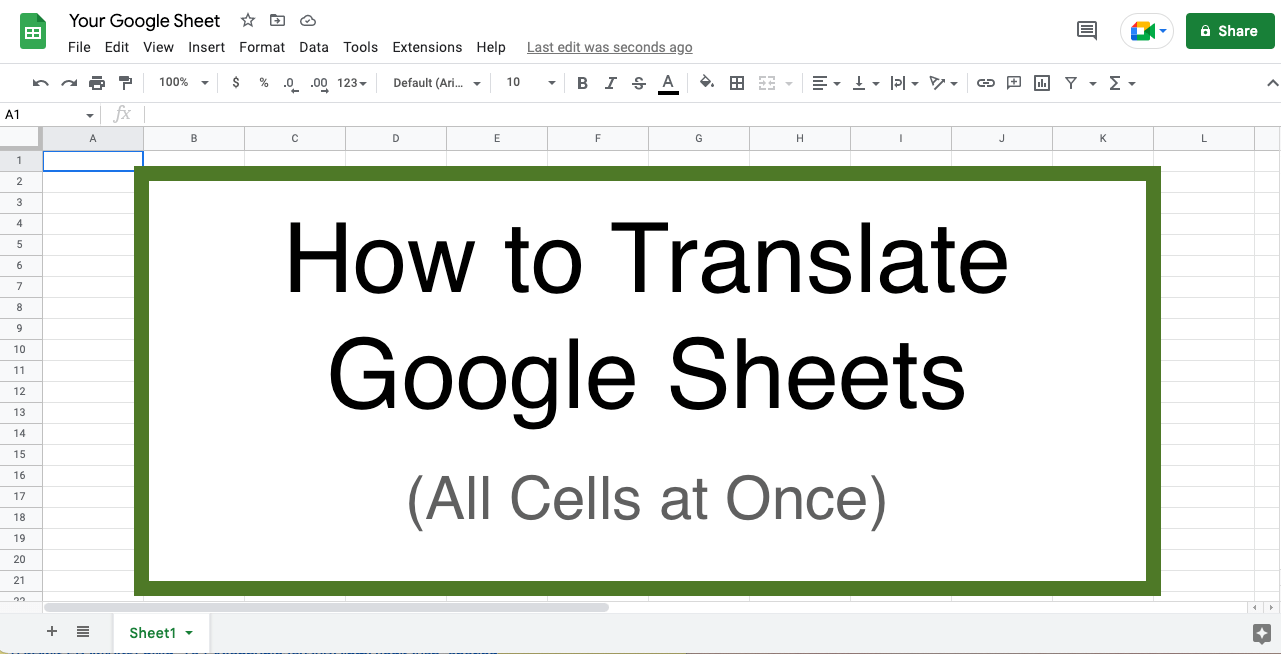
How to Translate Entire Google Sheets (All Cells) [2024]
Want to translate entire Google Sheets? Learn why you should use Pairaphrase as your Google Sheets translator.
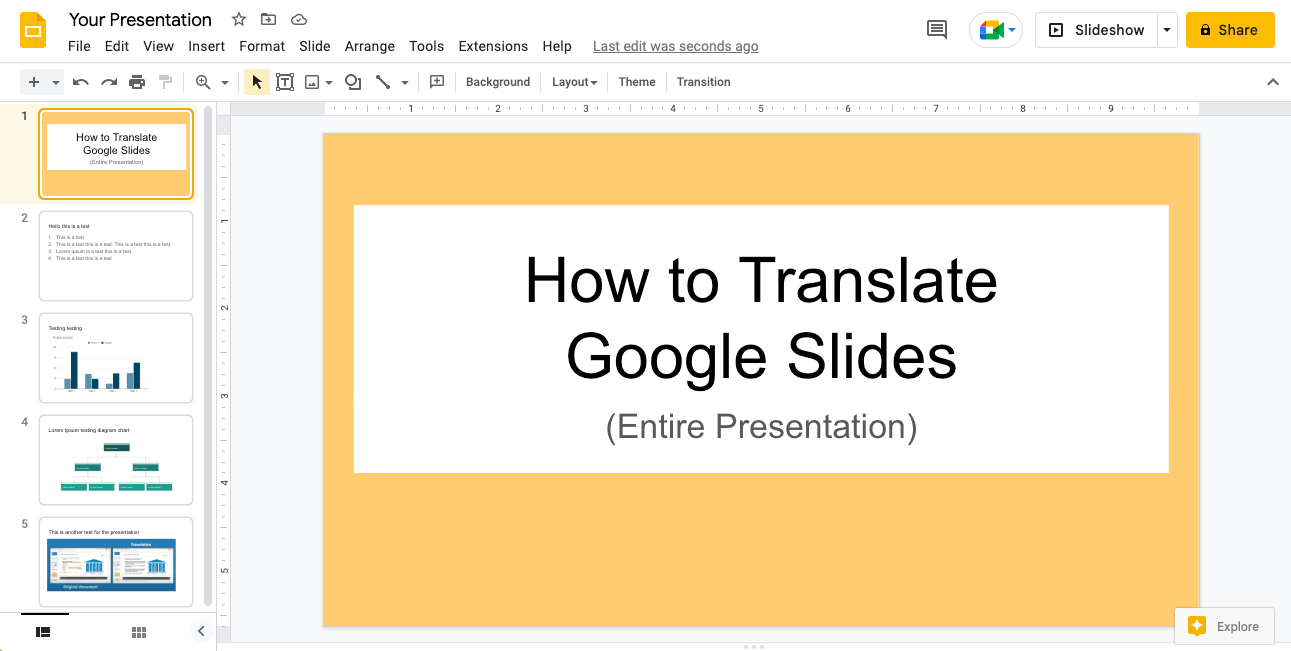
How to Translate Entire Google Slides Presentation [2024]
Want to translate Google Slides presentation text, notes & charts? Learn why you should use Pairaphrase as your Google Slides translator.
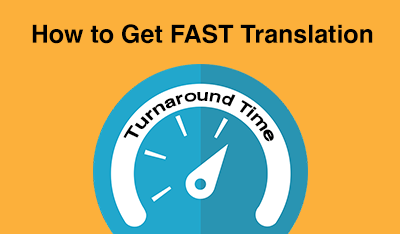
Fast Turnaround Translation: How to Get it
While fast translation turnaround and linguistic quality is a delicate balance, this post will tell you how to best use Pairaphrase to get fast translations.
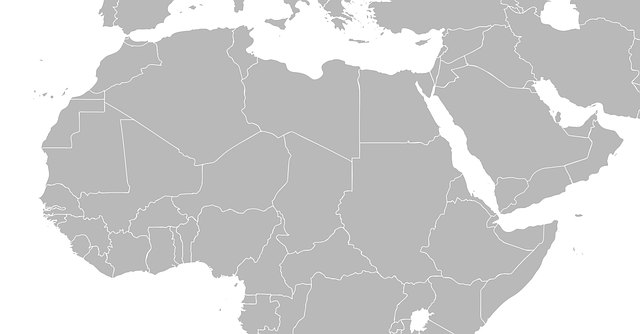
Best English to Arabic Document Translation Software (2024)
Looking for English to Arabic translation software, but not sure what features you need? Access this buying guide.
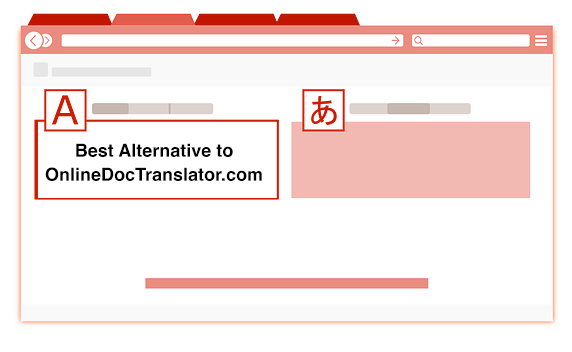
Best OnlineDocTranslator.com Alternative (2024)
Considering an alternative to OnlineDocTranslator.com? Explore why Pairaphrase is the best OnlineDocTranslator.com alternative for enterprises.
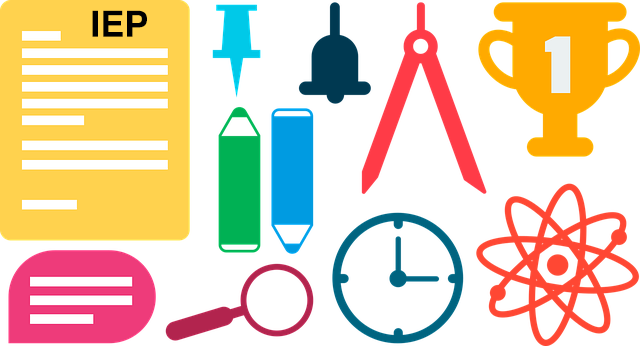
How to Translate an IEP Document [2024]
Need to translate an IEP document? Learn how to translate IEP documents in the most efficient and secure way possible.
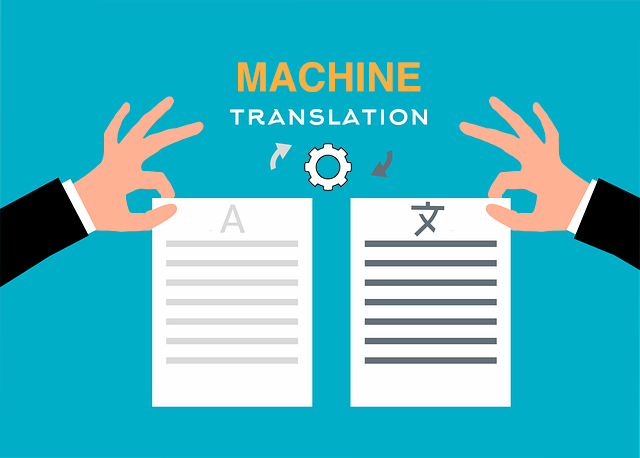
Machine Translation (MT): Your Guide to the Basics [2024]
Curious about Machine Translation (MT)? Learn about machine translation, how it works, benefits of machine translation & more.
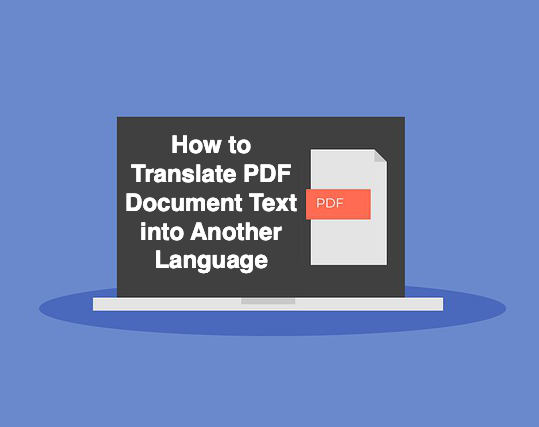
How to Translate PDF Document Text to Another Language (2024)
Learn common issues involved with translating PDF documents and discover why Pairaphrase is the best PDF document translator.
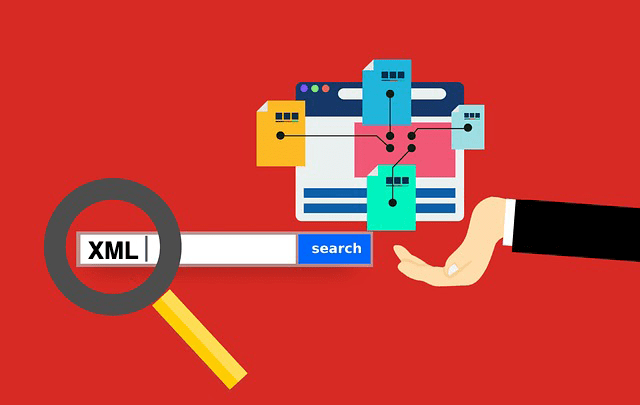
How to Translate XML Files Online (2024)
Need to translate XML files online? Learn about the best features to use when translating XML files.

Best English to Italian Document Translation Software (2024)
Want the best English to Italian document translation software for business? Read about the 10 best English-Italian translator app features.

Terminology Management in Translation: Essential Guide [2024]
Learn all about terminology management in this comprehensive guide.

Smartling Alternative for Enterprises in 2024
Want a Smartling alternative? Explore 10 possible reasons you need one, and why Pairaphrase might be your best alternative.
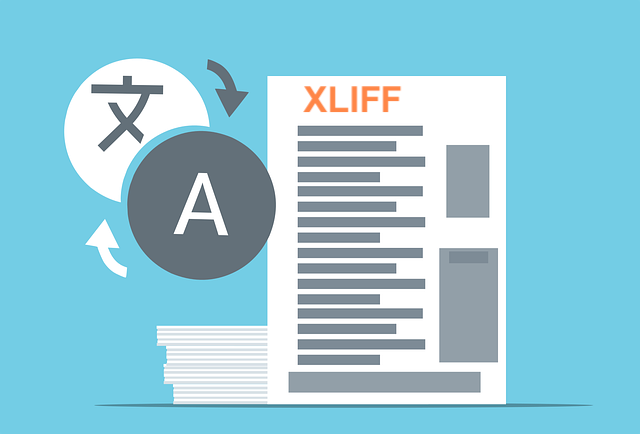
How to Translate XLIFF Files Online Successfully (2024)
Need to translate XLIFF files online? Learn why Pairaphrase is the best way to translate an XLIFF file.

Best Japanese to English Document Translation Software (2024)
Looking for Japanese to English translation software, but not sure what features you need? Access this buying guide.
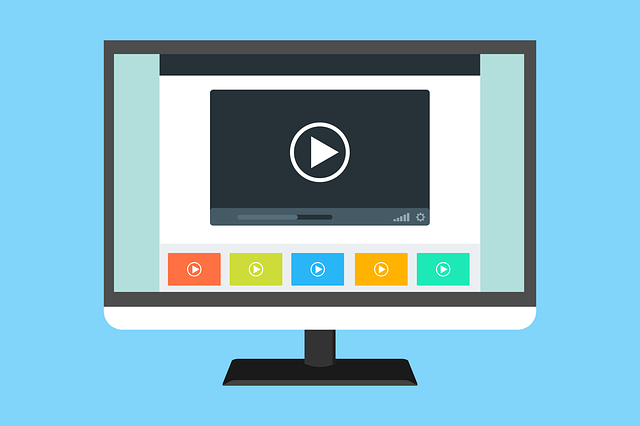
How to Translate SRT Files Effectively [2024]
Learn how to translate SRT files in 2022! Explore the reasons Pairaphrase is the best way to translate an SRT file effectively.

Best English to Japanese Document Translation Software (2024)
Looking for English to Japanese translation software, but not sure what features you need? Access this buying guide.

Brochure Translation Software Features to Look for
Need brochure translation? Look for these 10 top brochure translator features (before you buy).

Best Way to Translate Articulate Course Files
Need to translate Articulate course files? Learn why Pairaphrase is the best way to translate Articulate files (XLIFF 2.0).

Best Way to Translate Multiple Files Simultaneously Online
Need to translate multiple files simultaneously online? Learn why Pairaphrase is best for batch translation.
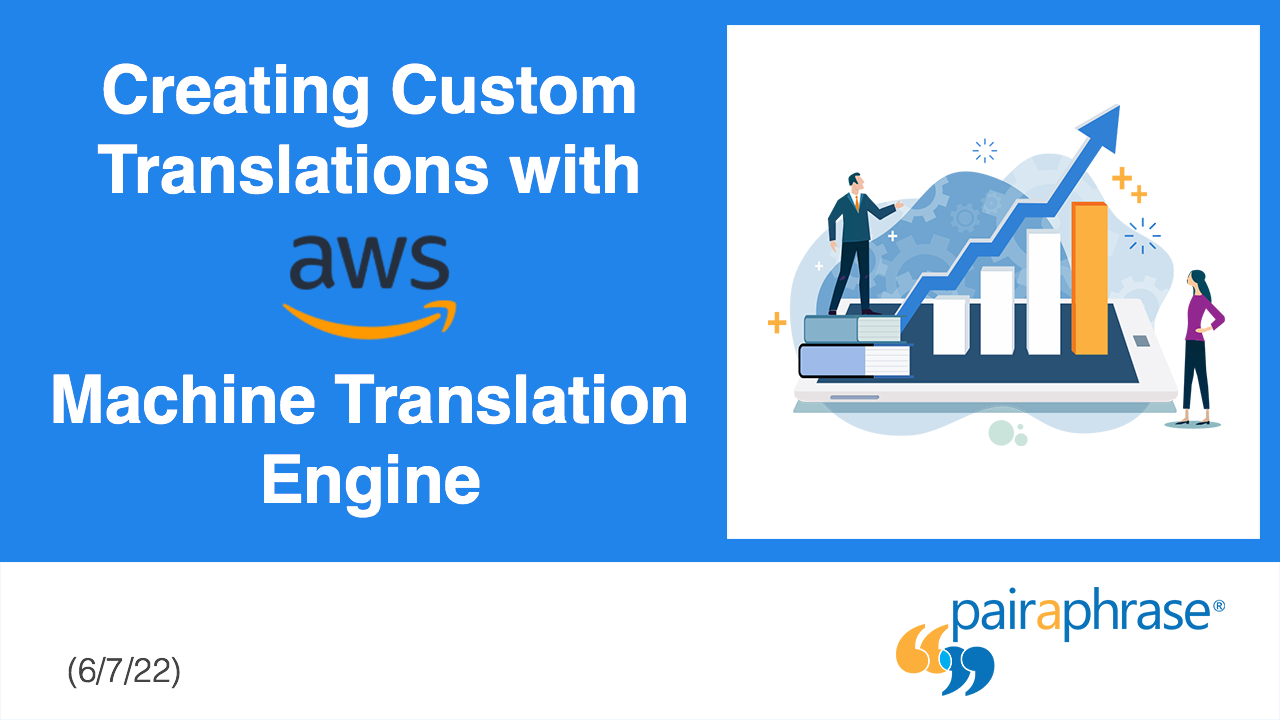
Using Pairaphrase Translation Software with Amazon Translate
Curious about translating with Amazon Translate (AWS)? Learn about using Amazon’s machine translation engine with Pairaphrase.

Best English to Hindi Document Translation Software (2024)
Looking for English to Hindi translation software, but not sure what features you need? Access this buying guide.

How to Translate Large Files with Ease [2024]
Need to translate large files? Learn about the best tools to use when translating large PDF’s, documents & more (10MB+).

Catalog Translation Software Features to Look for
Need catalog translation? Look for these 10 top catalog translator features (before you buy).

Best English to Vietnamese Document Translation Software (2024)
Looking for English to Vietnamese translation software, but not sure what features you need? Access this buying guide.

How to Create Effective Termbase Glossaries for Machine Translation
Need to create a termbase glossary? Get our top 5 tips for creating effective termbase glossaries for machine translation.

Best English to Korean Document Translation Software (2024)
Looking for English to Korean translation software, but not sure what features you need? Access this buying guide.

Best DeepL Alternative for Enterprise Teams (2024)
Explore various DeepL drawbacks and user-specific needs you might identify with. This way, you can conclude whether alternatives to DeepL could fill these gaps.
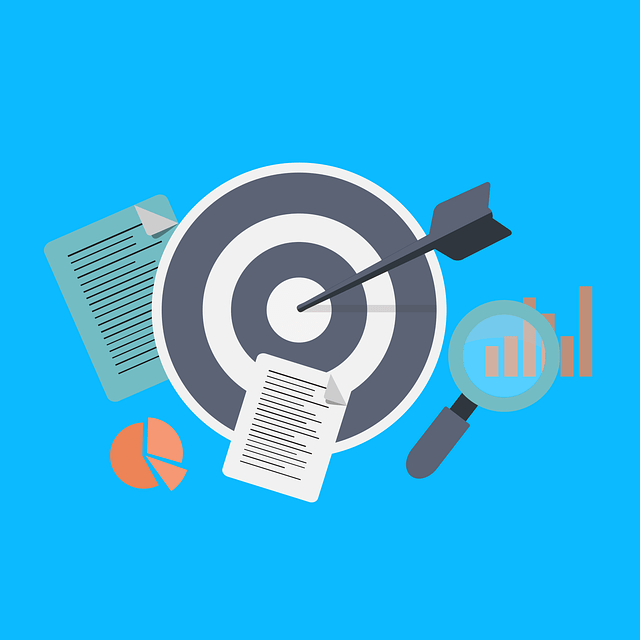
Most Accurate Translator: How to Get it
While a 100% accurate translator does not yet exist, this post will tell you how to get the most accurate translator tailored to your company’s words and phrases.

Top 10 Translation Industry Trends in 2022
Explore 2022 translation industry trends! Learn about 10 translation industry trends 2022 will bring, according to our predictions »
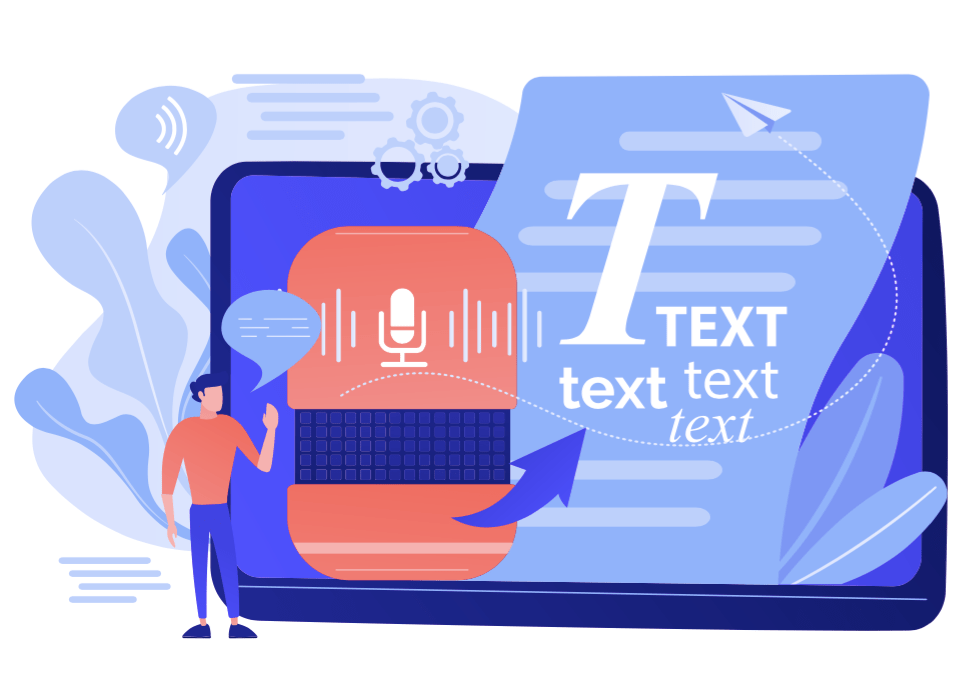
Secure Transcription Software That Translates Languages
Need secure transcription software that translates languages? Learn what features to look for and how Pairaphrase will benefit you.

Best English to Portuguese Document Translation Software (2024)
Looking for English to Portuguese translation software, but not sure what features you need? Access this buying guide.
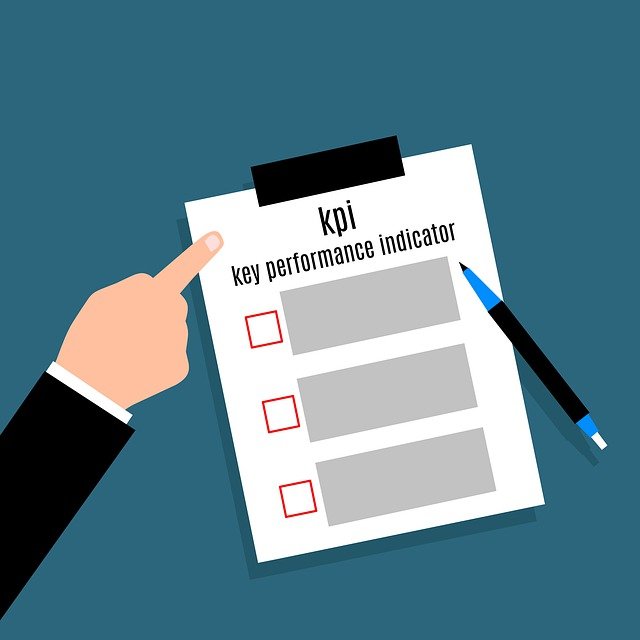
Translation KPIs for Translation Management Success
Establishing translation KPIs (Key Performance Indicators)? Here are the 5 Most Important KPIs for translation management success.

